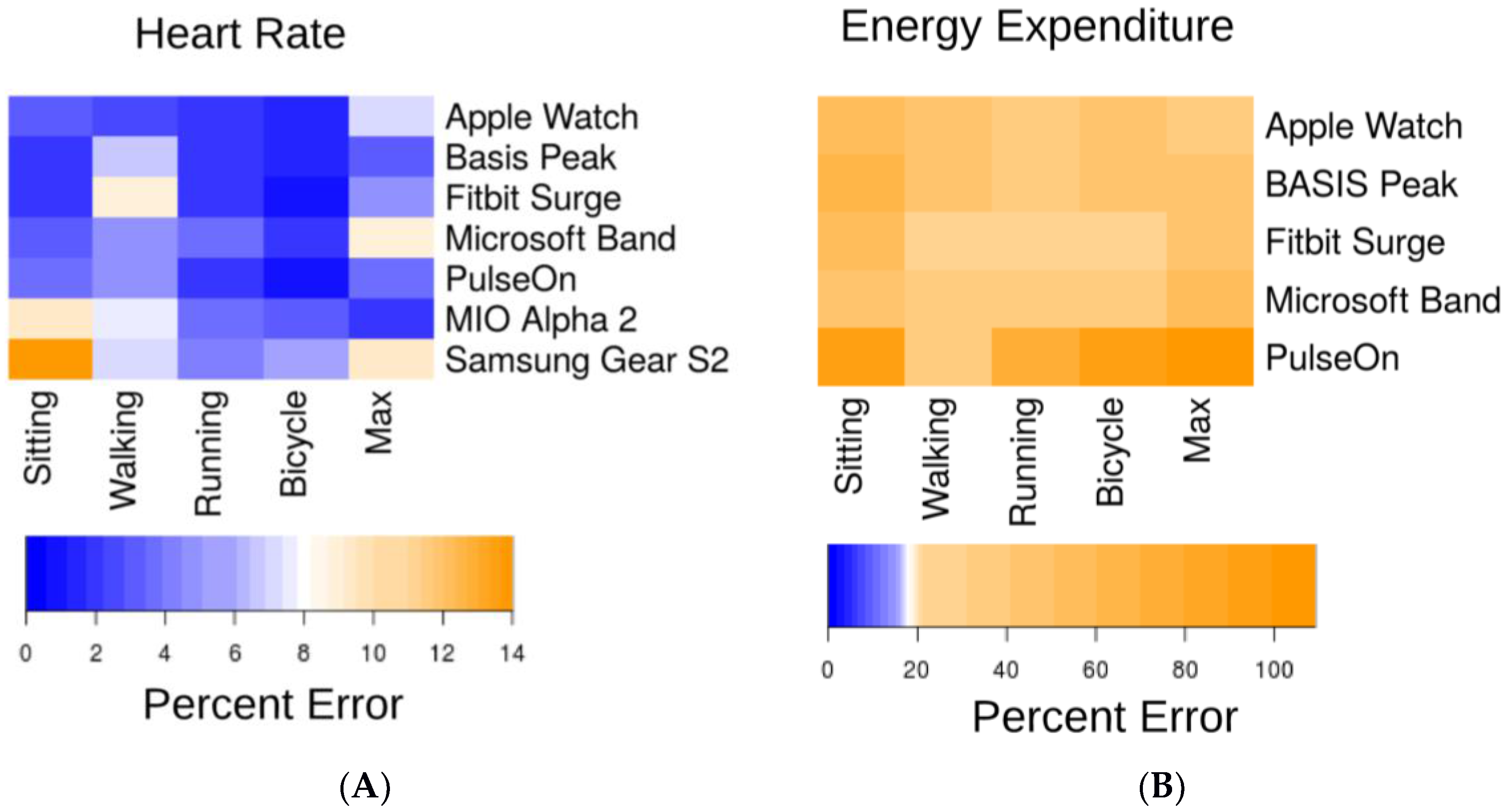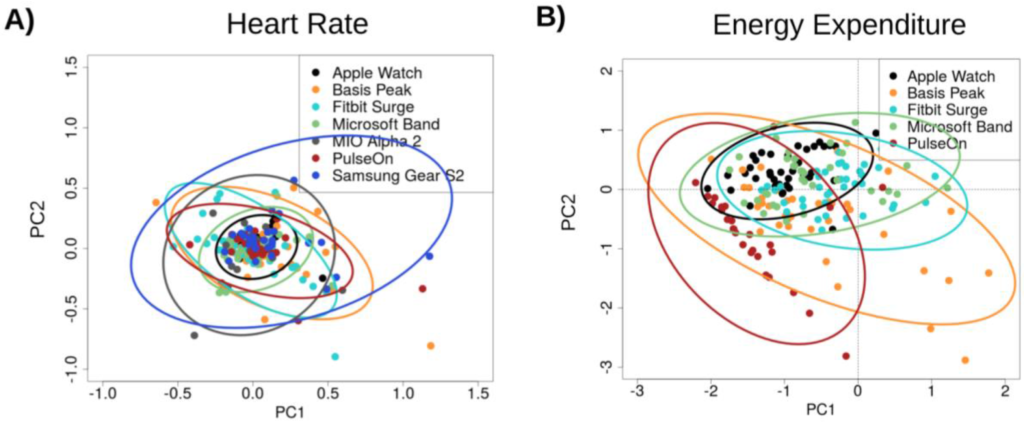
Study Finds Apple Watch Best Measures Heart Rate and Calorie Burn
A recent study finds that the Apple Watch measures heart rate and calorie burn more accurately than other wearables tested. The study was conducted at Stanford University and published in the Journal of Personalized Medicine. Seven popular wrist-worn fitness devices were tested.
The Apple Watch was the best of the bunch in both areas of measurement, but it’s not all good news for Apple Watch wearers. While the heart rate accuracy was found to be acceptably accurate in all seven devices, the energy expenditure (calorie burn) measurement was found to be unacceptable for all of them.
The study’s abstract summarizes the methods and the findings:
The ability to measure physical activity through wrist-worn devices provides an opportunity for cardiovascular medicine. However, the accuracy of commercial devices is largely unknown. The aim of this work is to assess the accuracy of seven commercially available wrist-worn devices in estimating heart rate (HR) and energy expenditure (EE) and to propose a wearable sensor evaluation framework. We evaluated the Apple Watch, Basis Peak, Fitbit Surge, Microsoft Band, Mio Alpha 2, PulseOn, and Samsung Gear S2. Participants wore devices while being simultaneously assessed with continuous telemetry and indirect calorimetry while sitting, walking, running, and cycling. Sixty volunteers (29 male, 31 female, age 38 ± 11 years) of diverse age, height, weight, skin tone, and fitness level were selected. Error in HR and EE was computed for each subject/device/activity combination. Devices reported the lowest error for cycling and the highest for walking. Device error was higher for males, greater body mass index, darker skin tone, and walking. Six of the devices achieved a median error for HR below 5% during cycling. No device achieved an error in EE below 20 percent. The Apple Watch achieved the lowest overall error in both HR and EE, while the Samsung Gear S2 reported the highest. In conclusion, most wrist-worn devices adequately measure HR in laboratory-based activities, but poorly estimate EE, suggesting caution in the use of EE measurements as part of health improvement programs. We propose reference standards for the validation of consumer health devices (http://precision.stanford.edu/).

As shown in both figures, the Apple Watch has the lowest percent error for both heart rate and energy expenditure.
